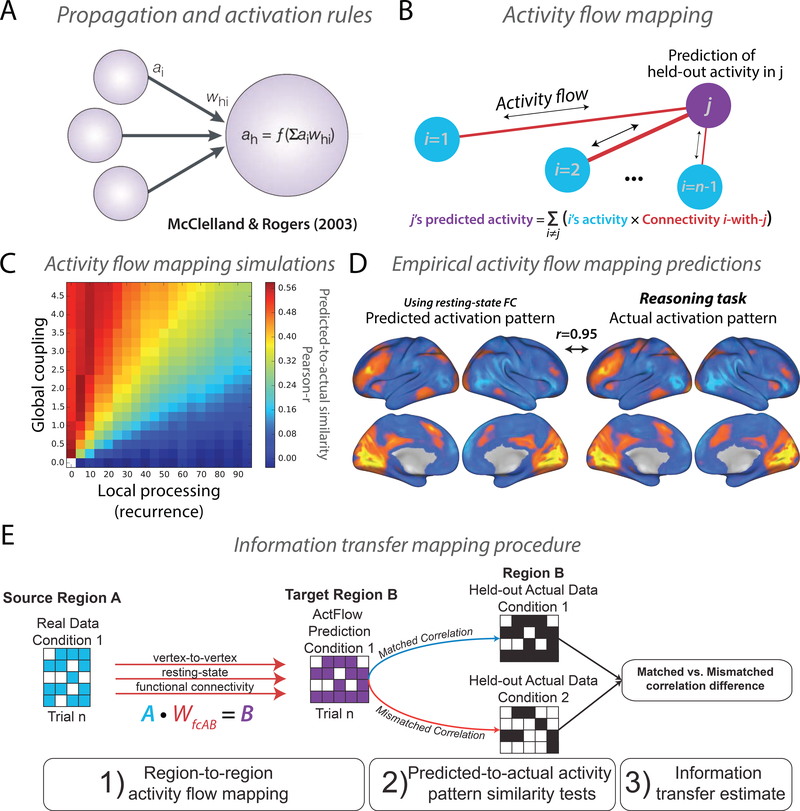Figure 2. Activity flow as a linking principle between connectivity and activity.
A) Most neural network simulations use an algorithm to compute activity at each node at each time point. Briefly, each network node’s activity (a) at the next time point is computed as the connectivity-weighted sum across the activity levels of all other nodes (the propagation rule), which is then passed through a function (f) (the activation rule) [51]. Figure adapted from [52]. B) Inspired by connectionist principles, the activity flow mapping algorithm implements basic neural network computations using empirical data, and accommodates limitations in empirical neural measures (such as limited fMRI spatio-temporal resolution). C) Simulations of fMRI data demonstrated that accurate activity flow mapping predictions depend on strong inter-unit connectivity (global coupling) relative to recurrent local connectivity. D) Activity flow-based predictions of task-evoked activity levels for a reasoning task (and many other tasks) were highly accurate, suggesting that empirical fMRI-based functional connectivity estimates are likely informative regarding the specification of localized functionality throughout the brain. Panels B-D adapted with permission from [53]. E) A modification of activity flow mapping to estimate information transfers, assessing whether decodable information in a source brain region can be preserved in a downstream target brain region. Panel E adapted with permission from [54].

